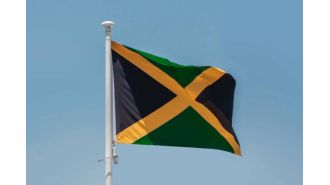The Flatiron District
In 1996, Jerry Colonna and I decided to call our venture capital firm Flatiron Partners (it was code named Acme Ventures). We named it after the Flatiron Building and decided to locate in the neighborhood with the same name. We moved down there a bit later and I immediately was smitten with the neighborhood. I have made my office there ever since. It’s twenty years now.
The thing I immediately noticed about the Flatiron district upon moving there was that it was unlike midtown manhattan, where I had worked for the previous ten years. The Flatiron district was about half residential and half business. And the businesses ranged from small photo studios to fledgling internet companies to accounting firms and therapist offices. The building that USV is now located in was full of photo studios in 1996. I don’t think there is a single one left.
The other thing that I love about the neighborhood is that it stays open late. The streets are full of restaurants, cafes, and bars. I can leave my office at 11pm and wander into any one of the local spots and they are still humming. That was true when we arrived in 1996 and it remains true today.
Working in the Flatiron district is like working in a residential neighborhood. You have grocery stores, dry cleaners, bodegas, and preschools. When you walk the streets, you see strollers and couples holding hands.
I thought of the Flatiron district when I read this MIT Technology Review article about a follow up study to Jane Jacobs’ seminal work on the vitality of cities by some University of Toronto researchers. The new work is called The Death and Life of Great Italian Cities: A Mobile Phone Data Perspective. These University of Toronto researchers used mobile phone data supplied by our portfolio company Foursquare and a few other data sources to study the vitality of a number of Italian cities.
Jane Jacobs says that for cities to thrive they need four conditions:
The first is that city districts must serve more than two functions so that they attract people with different purposes at different times of the day and night. Second, city blocks must be small with dense intersections that give pedestrians many opportunities to interact. The third condition is that buildings must be diverse in terms of age and form to support a mix of low-rent and high-rent tenants. Finally, a district must have a sufficient density of people and buildings.
The Flatiron district is the perfect example of Jane’s four conditions. I bump into people I know and don’t but should literally every day on the streets of the Flatiron district. It’s a mixed use neighborhood and though it has been gentrified a lot in the past twenty years (rents have gone from $15/sf to $75/sf in some buildings over those twenty years), it remains as vital today as when we arrived. I’d like to see the Foursquare data on the Flatiron district. I suspect it would be off the charts on the Jane Jacobs score!






